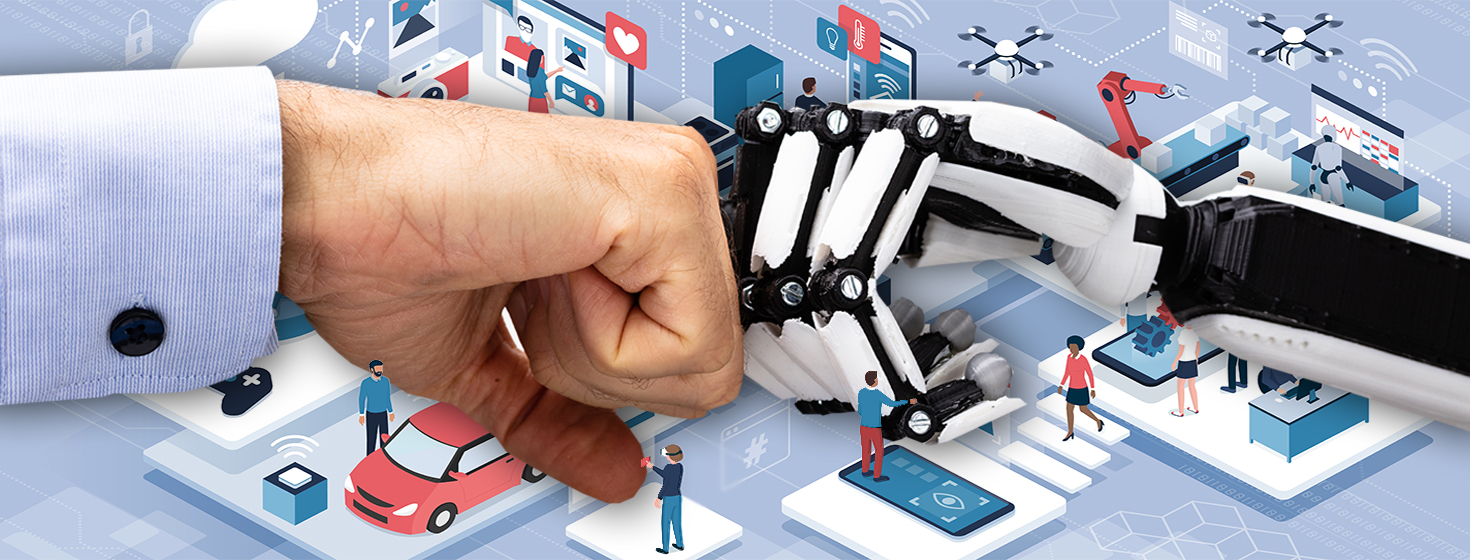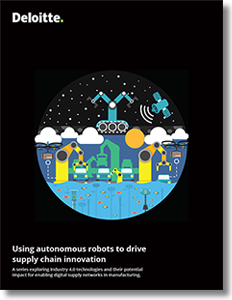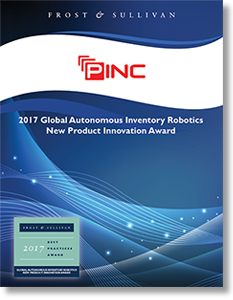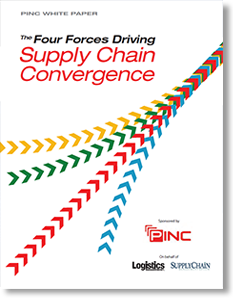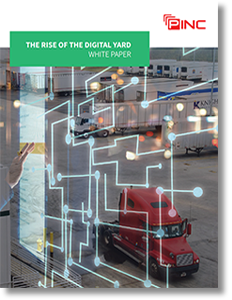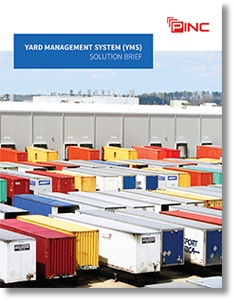How Humans and Robots Will Work Side-by-Side in the Supply Chain
Humans and robots can work in harmony to create a safer, more efficient working world, here’s what that world might look like.

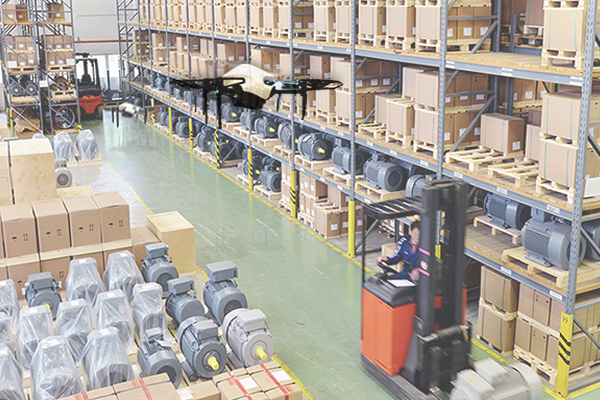
Robots and Humans Working Together
In Robots in the Supply Chain: The Perfect Employee? Merril Douglas paints a picture of a time in the near future when robots and humans will work side-by-side to help companies gain speed, increase accuracy, cut costs, and handle the grunt work.
“We're sitting in the middle of a perfect storm for robots in the supply chain. E-commerce sales continue to climb, forcing retailers to pick up the pace in their fulfillment and distribution centers,” Douglas writes.
“But these days, it's hard to find workers to keep product moving in any kind of warehouse e-commerce or otherwise.”
We’re already seeing examples of robots being designed to take over the supply chain's least attractive tasks. “In some cases, robotic systems do this work entirely on their own, freeing humans for more complex functions,” Douglas points out.
“In other instances, bots collaborate with humans. Whatever the scenario, proponents say that these automated solutions provide a big productivity boost.”
Some companies are deploying robots to perform repetitive, simple job tasks and allowing human laborers to focus on tasks that require deeper thinking and strategizing.
The new term for this collaboration, “cobot,” allows each type of worker to focus on the tasks they do best.
For example, bots can be used to deliver products from place-to-place in the warehouse, DC, or yard; autonomous drones can perform mundane and repetitive inventory management tasks (as well as tasks that are dangerous for humans, such as flying up to view inventory on high shelves); and robots can lift shelving units from densely-packed storage areas and then transport those goods to a picking station.
Read: Are Robots Going to Replace People in the Warehouse?
Today’s customers expect same-day and next-day delivery guarantees. When they don’t get what they want, they can find another source with just a couple of screen taps or mouse clicks. For this reason, good inventory management - accompanied by the ability to drive goods through the supply chain at a high velocity - has become a must-have in today’s business world.
Autonomous drones can perform mundane and repetitive inventory management tasks, as well as tasks that are dangerous for humans, such as flying up to view inventory on high shelves. “Drone tech is growing so advanced that some are artificially intelligent, requiring very little oversight,” Kate Patrick writes in “ Drones can improve inventory accuracy, fill turnover gap.”
“Because warehouses are such an integral part of the supply chain in a growing e-commerce-centered commercial world, and because the warehouse worker turnover rate is so high…now is the perfect time for companies to start using drones.”
Patrick adds that inventory management is still a very people-intensive activity, which is a problem when there's a 40% turnover rate. “Inventory accuracy is very important because it affects velocity,” she writes. “Companies can't afford inventory inaccuracy, which is why drones are so attractive.”
As robotics technology continues to advance, and as more companies deploy semi- and fully-autonomous robots in their operations, the human-robot relationship will be become even more closely integrated.
“The future success of many companies will depend on how well they organize and manage human-robot interactions,” Appalachian State University’s Richard E. Crandall writes in his APICS article “Positive Human-Robot Relationships Will Power the Future Workforce.”
“Corporate leaders should encourage workers to embrace their robot counterparts and make room in their facilities and processes for new types of automation,” Crandall continues. “Together, humans and robots can create a safer, more efficient working world.”
Note: Original post at Logistics Viewpoints.
Related Article: Positive Human-Robot Relationships Will Power the Future Workforce
Related Resources
Using Autonomous Robots to Drive Supply Chain Innovation
This paper details how new technologies are presenting promising opportunities for improvement across the supply chain and how autonomous robots and drones are poised to change the game. Download Now!
Global Autonomous Inventory Robotics New Product Innovation Award
This best practices research paper details the PINC Air inventory robotics solution with its quick deployment model, faster inventory velocity, product ingenuity, and rapid ROI underscoring the decision for PINC to win Frost & Sullivan’s 2017 New Product Innovation Award. Download Now!
The Four Forces Driving Supply Chain Innovation
When supply chain professionals discuss supply chain execution, their focus is typically put on transportation management systems and warehouse management systems, the yard management systems capability and importance is mistakenly undervalued. Download Now!
The Rise of the Digital Yard
In this white paper we explore the rise of the digital yard and show how technology is enabling significant efficiencies, productivity gains, and cost containment in a world where every penny added to the bottom line positively impacts organizational success. Download Now!
Solution Brief: Yard Management System
Yards are the intersection between warehouses and transportation, they are a critical linkage in logistics management practices and have a significant impact on the overall efficiency of the supply chain. Download Now!
More PINC Resources

Article Topics
Latest in Materials Handling
Geek+ and System Teknik deploy PopPick solution for pharmacy group Med24.dk Beckhoff USA opens new office in Austin, Texas Manhattan Associates selects TeamViewer as partner for warehouse vision picking ASME Foundation wins grant for technical workforce development The (Not So) Secret Weapons: How Key Cabinets and Asset Management Lockers Are Changing Supply Chain Operations MODEX C-Suite Interview with Harold Vanasse: The perfect blend of automation and sustainability Consultant and industry leader John M. Hill passes on at age 86 More Materials HandlingSubscribe to Materials Handling Magazine

Find out what the world's most innovative companies are doing to improve productivity in their plants and distribution centers.
Start your FREE subscription today.
April 2024 Modern Materials Handling

Latest Resources


